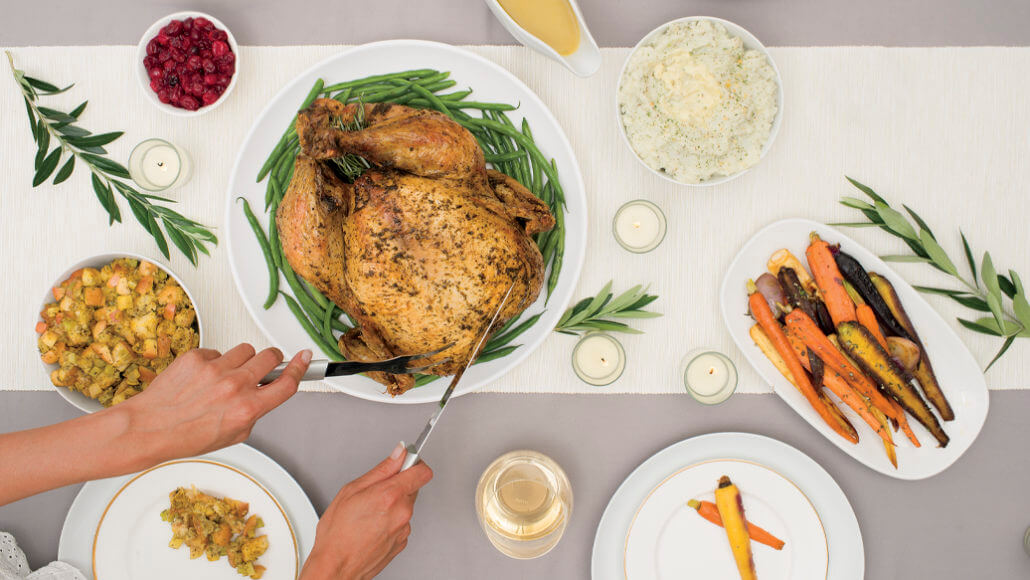Article: Probabilities, an unconventional approach to holiday feasts
December 24, 2018
 Let me summarize a typical holiday feast, using an unconventional approach: probabilities.
Let me summarize a typical holiday feast, using an unconventional approach: probabilities.
Choice #1: It’s Christmas Eve. Before dinner, baked goods have been laid out (or rather crammed) onto the main table. Should you partake?
(90% probability) — Yes.
(05% probability) — Yes, and more than once, because why not?
(05% probability) — No, today is like any other day.
Choice #2: You’re full from dinner, but grandma’s asking if you won’t eat just another ladleful of your favorite side dish. Or maybe another slice of pie? Or both? Won’t you get both? Don’t you like her cooking?
(99% probability) — No, yes, sure, I’ll have some.
(01% probability) — Stop trying to sabotage my diet, grandma!
Choice #3: Every inch of the fridge is packed with leftovers — enough food to feed an army for a month. What do you do?
(60% probability) — I’ll have some, just to help clear space before New Year’s Eve.
(20% probability) — I’m still stuffed from yesterday, my tummy hurts, I’m out.
(20% probability) — If everyone else is eating, then maybe.
Probability trees use cumulative probabilities to figure out how likely different outcomes are. The likelihood of your sidestepping each unhealthy landmine successively is, cumulatively, low. No matter the specific numbers and situations, the vast majority of Americans overeat again and again during the holidays. But if, against all odds, you manage to overindulge only once, will this one feast cause you to gain a lot of fat?
There’s actually quite a bit of evidence on this topic, covering glycogen (sugar) storage, heat production, and a few other important topics.
If you have any questions or want to find out how to start a healthier you this year, call Carrington Medical Spa at (205) 508-5723.
